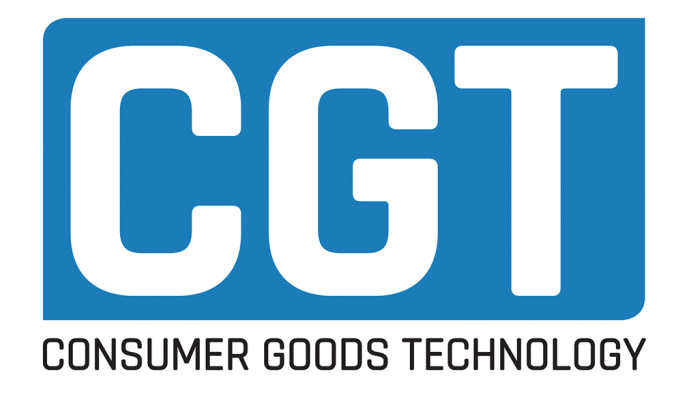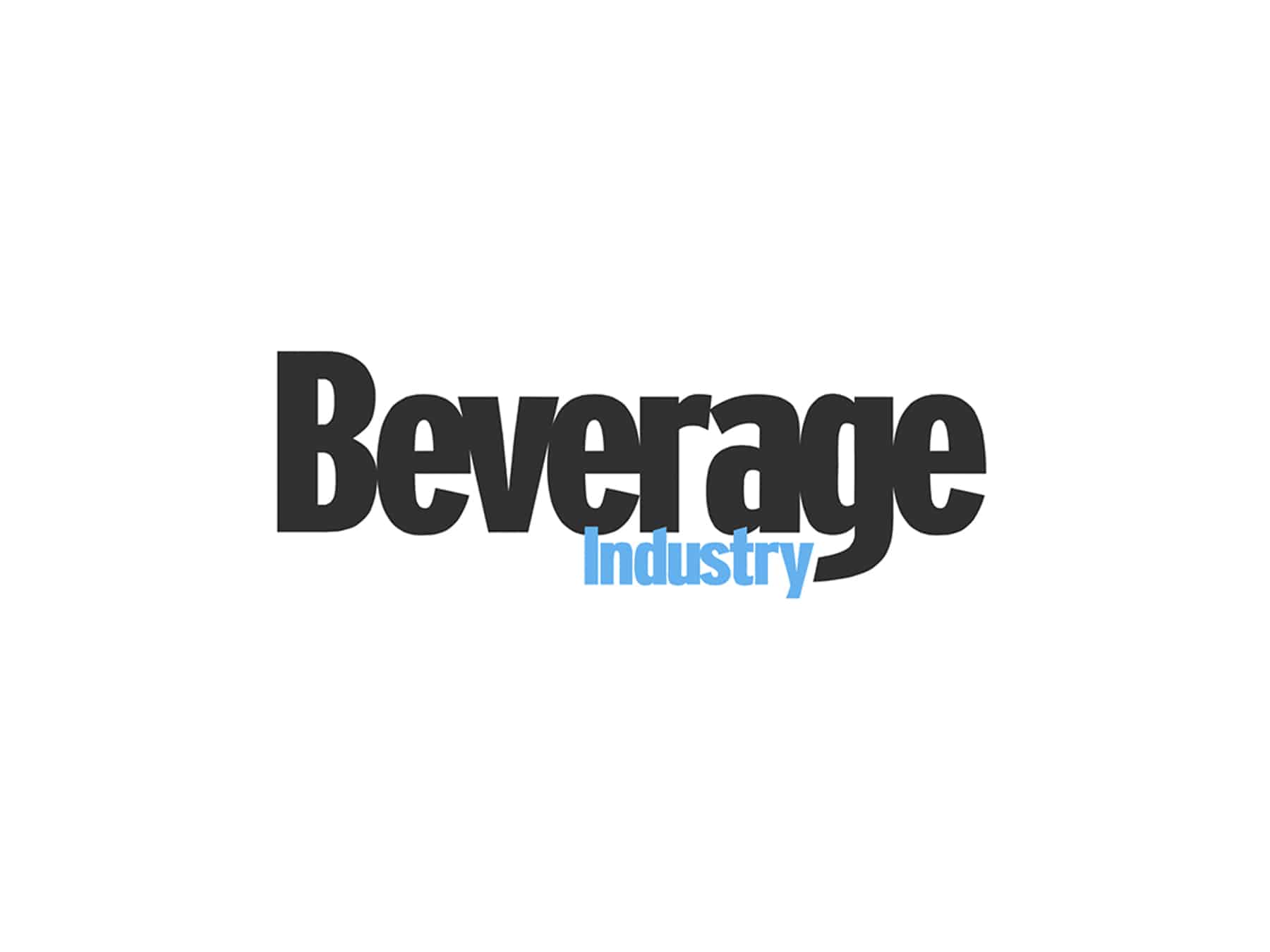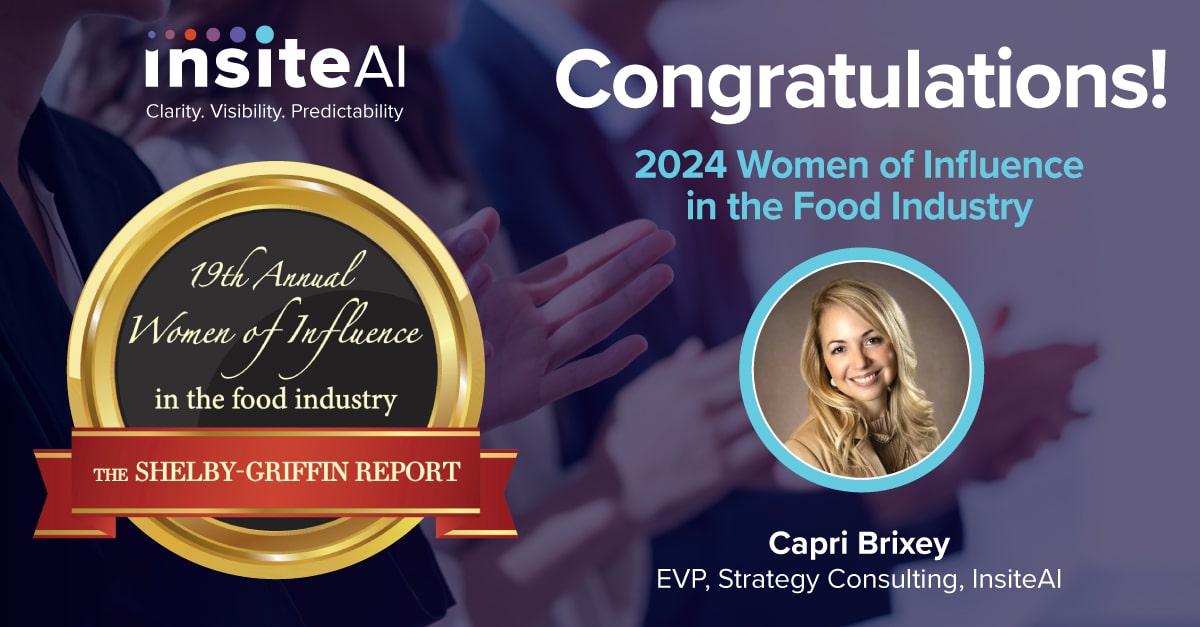
How you can leverage AI to identify your top performers and revamp your product portfolio
In today’s highly competitive market, it is more important than ever for businesses to continuously analyze and optimize their product portfolios to stay ahead of the game. With the help of AI and predictive analytics, companies can gain valuable insights into their product performance and make data-driven decisions about which products to keep, which to improve, and which to remove from their portfolio.
In this blog, we will explore how AI can help you identify your top-performing products and eliminate the underperformers, using the example of the hard seltzer craze to illustrate the importance of portfolio rationalization in the ever-evolving landscape of the alcoholic beverage industry.
Hard Seltzers Won’t Fizzle Out
A category that got its mainstream footing just a few years ago, with early days powered by brand darlings like Truly (Boston Beer Company) and White Claw (Mark Anthony Brands), hard seltzers are credited with driving overall category growth. With last year’s off-premises sales increasing a whopping $900 million — quadrupling year-over-year — it’s hard to believe that at the start of 2018, just 10 hard seltzer brands were on the market.
Since then, more than 65 brands have entered the space, which continues to grow at a rapid pace, most recently enjoying a 33% increase in sales earlier this year (January – April 2021) versus the same period in 2020. This explosive growth has accelerated the sub-category from new entrant to what’s now becoming a mature mainstay.
While the growth of hard seltzers is starting to stabilize, we can expect to see on-premises sales continue to be a boon to the sub-category’s ongoing evolution as bars and restaurants welcome back patrons. For brand leaders, this means shifting strategies to plan for and accommodate changing consumption behaviors.
Another factor to account for in assortment planning is consumer preferences and flavor profile trends, which will drive category dominance and innovation as hard seltzers themselves become less of a novelty. Today, citrus- and raspberry-flavored hard seltzers prove most fruitful in sales, whereas blueberry does not fare as well.
Ready-to-drink (RTD) and Canned Cocktails
Ready-to-drink cocktails: Ready-to-drink (RTD) cocktails have been growing in popularity in recent years, particularly in the canned format. RTD cocktails are pre-mixed and often packaged in convenient, portable cans or bottles, making them a popular choice for outdoor events and activities.
The canned cocktail trend has been gaining popularity in the US in recent years, as consumers look for convenient and portable options for their summer drinks. Canned cocktails are pre-mixed, ready-to-drink cocktails that are packaged in cans and sold in packs. They offer a convenient alternative to traditional cocktails, which can be time-consuming and require multiple ingredients and equipment.
One of the main advantages of canned cocktails is their convenience. They can be easily transported to outdoor activities such as picnics, concerts, and beach trips, making them a popular choice for summer events. They are also easy to store and serve, requiring no additional mixing or preparation.
Canned cocktails are available in a wide variety of flavors and styles, from classic options like margaritas and mojitos to more innovative and creative combinations. Many brands are also emphasizing the quality of their ingredients and the use of premium spirits to appeal to discerning consumers.
Overall, the canned cocktail trend is expected to continue to grow in popularity, as consumers seek out convenient and high-quality options for their summer drinks.
Beer Will Begin to Bounce Back
While the early part of 2021 (January – April) saw certain segments of beer sales decline, including craft beers, which saw a 1% year-over-year drop, we will see some segment growth return. For premium beers, markets like Denver, Little Rock and Houston have all delivered segment growth, which underscores the importance of localizing assortment plans to maximize potential pockets of development.
Other category sub-segments, including hard tea and ciders, do not show as much promise for the short-term, coming off annual sales declines of 3% and 4% respectively.
‘Healthy Choices’ Rule
In this age of information, today’s knowledgeable consumer is increasingly mindful of what they are putting into their bodies (and mouths). Newer generational values of millennials and Gen-Zers who are coming of drinking age are focused on wellness — one reason hard seltzers, with lower calories often touted as a brand benefit, have performed so well.
One newer sub-segment marketed as a “healthy” option that is showing tremendous potential for continued growth is hard kombucha. According to Kombucha Brewers International, hard kombucha sales grew from $1.7 million in 2017 to more than $12 million in 2019, and Insite AI data indicates an 85% year-over-year increase in growth for these beverages during January through April of this year.
The fermented tea has been compared to light beer in terms of taste, but like hard seltzers that showcase fewer calories — or in the case of Vizzy hard seltzer (Molson Coors), antioxidants — hard kombucha touts its digestive benefits, an attribute that is increasingly resonating with health-conscious consumers today. Expect to see more innovation in this sub-segment, especially with major players like Anheuser-Busch InBev getting in on the action by backing the fast-growing Kombrewcha brand.
Data-Based Decisions Will Drive a Profitable Future
As America continues down its path of pandemic recovery, the alcohol category — including hard seltzer, canned cocktails, beers, flavored malt beverages and more — will continue to grow in both in-home and on-premises consumption as consumers figure out and embrace what the “new normal” is in their lives. However, after the next six to 12 months, the category will begin to see a reckoning and rebalance as long-term patterns begin to emerge.
For consumer goods brands, that means now is the time to prepare for potential shifts and to be ready to make the right decisions in category planning for future success. Brands that embrace innovative technology solutions like artificial intelligence and machine learning will be well-positioned to bullet-proof those plans, especially when they can make decisions based on predictive recommendations with granularity down to an individual SKU on a shelf in a single store location. Such decision-making power will be critical in navigating the ever-changing landscape, uncertainties like supply chain disruptions and inflation and evolving consumer behaviors.






